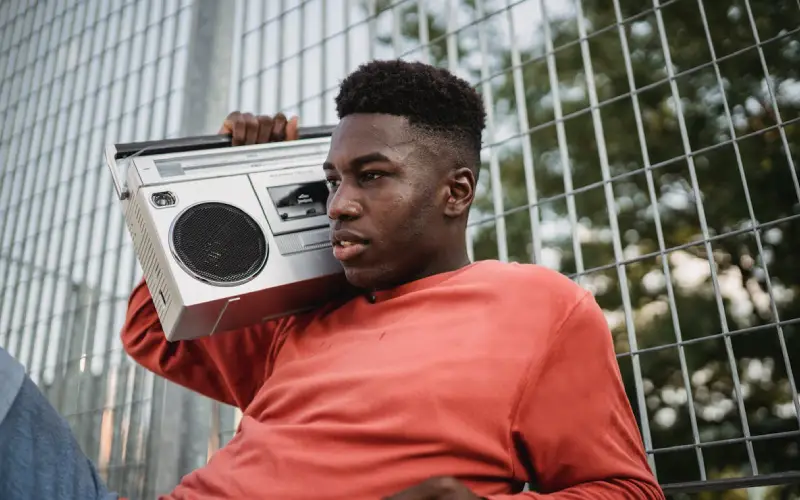The Evolution of Australian Hip Hop in 6 Stages
Australian hip hop has a long history with ups and downs. It was introduced in the early 80’s. From mimicking American singers to forging a fiercely independent identity, the genre has become a booming and demanding cultural force. It reflects the unique experiences and stories of Aussies.
So, what are you waiting for! We bring you a complete guide on Australian Hip Hop music scene and how people celebrate live with music in Australia.
1. Early Days (1980s)
The Hip-hop genre is inspired by the Bronx, Australian pioneers like ADB (Australian Dance Beat) and The Missing Link. They started experimenting with rapping over breakbeats.
This specific era was influenced by American hip hop, with artists often following the footprints and copying the sounds and styles of their transatlantic counterparts.
2. DIY Explosion (Late 1980s – Early 1990s)
As hip hop culture gained populuarity, a DIY (Do-It-Yourself) scene came into light.
The majority of independent labels like rooArt and Blunt Recordings emerged and created new songs.
Do not forget the artists like Sydney’s Fun DMC and Melbourne’s TMR (Triple One Mean) emerged, tackling social issues and everyday life experiences through their rhymes.
This period witnessed the rise of radio programs like “Hip Hop Show” (Sydney) and “Kushtyf’s Kuts” (Melbourne). These have offered a robust platform for independent voices.
3. Major Label Forays (Mid-1990s)
Major labels in Australia started taking notice of the booming Australian hip hop scene. Acts like The A.B.C. (Australian Born Chillerz) and Koolism secured mainstream deals, to showcase hip hop to a wider audience. However, this era also saw a tension between commercial viability and artistic integrity, with some artists criticising major labels but showed some significant growth.
4. Battle Rap Supremacy (Late 1990s – Early 2000s)
The late 90s witnessed the rise of battle rap competitions, where MCs traded lyrical barbs to stand their dominance. You can’t overlook the Crews like Battleground MCs and Astronomy Class as they gained notoriety for their wordplay and freestyling skills.
5. Diversifying the Soundscape (Late 2000s – Present)
The late 2000s witnessed Australian hip hop branching out stylistically. Influences from grime, drill, and trap began to permeate the scene. The majority of artists like 360, Onefour, and Manu Crooks explored aggressive sounds, reflecting the realities of urban life. At the same time, female artists like Iggy Azalea and Tkay Maidza emerged and established a name in the male-dominated industry.
6. Global Recognition (2010s – Present)
Today, the world enjoys Australian hip-hop. Emerging Artists like The Kid Laroi and Vance Joy have achieved international success, collaborating with established stars and topping charts worldwide.
This period is characterised by a vibrant mix of styles, with artists like Baker Boy and Remi blending indigenous influences with contemporary hip-hop sounds.
Conclusion
Believe it or not! Australian hip-hop culture has evolved in the past few years. From 1980s to the 2024, you can see a major difference in the songs and raps. This article will make things easy for you to understand the evolution of hip hop.






